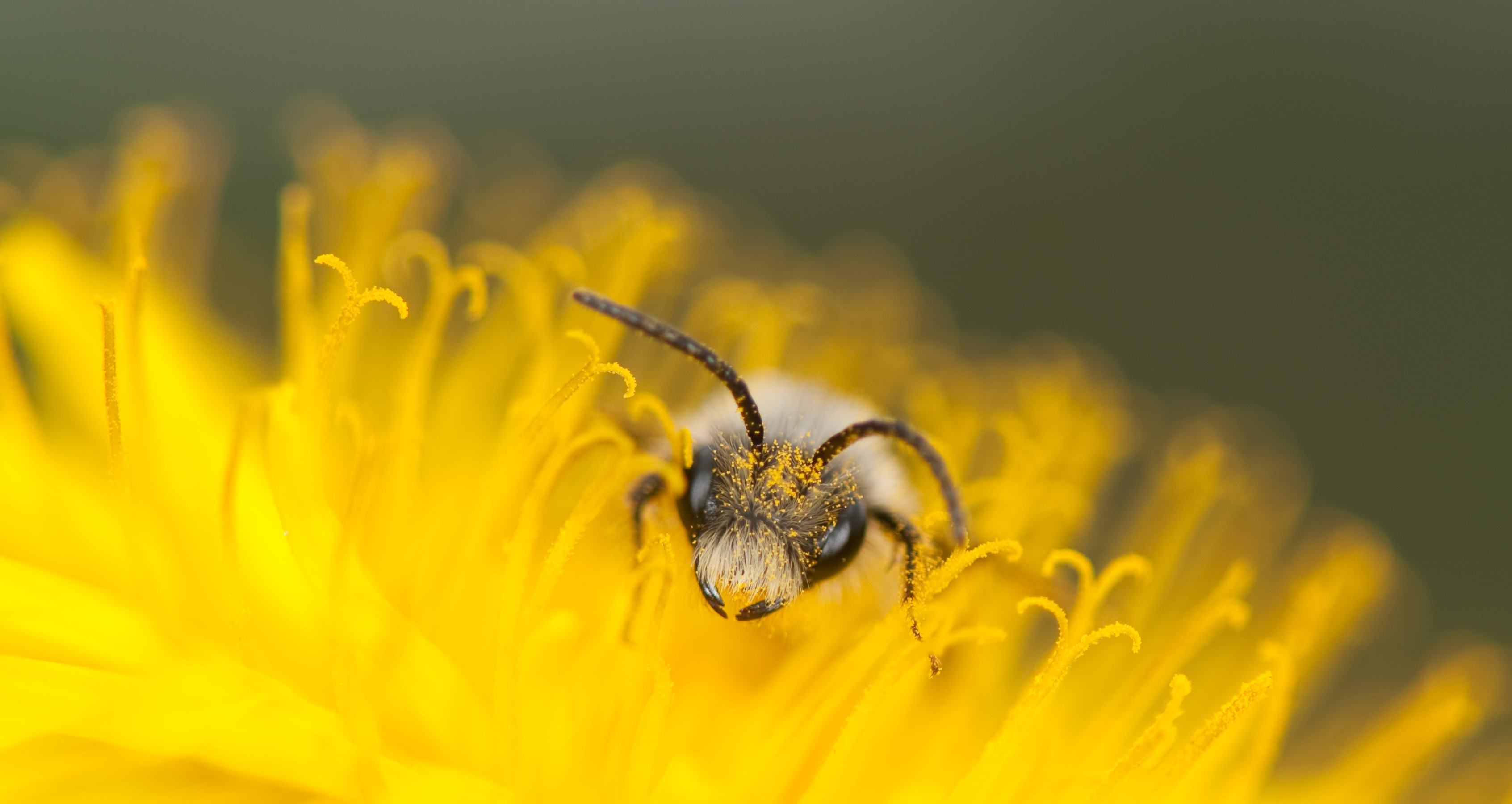Hotspots
Hotspots
– A national biodiversity portal for Norway


How do we find Norway’s most “valuable” nature? Answering this question is vital to deciding how to best preserve Norway’s landscape. It’s made more difficult by how little we know about large parts of Norway’s biodiversity. Easy to access areas close to roads and cities might be well studied, but more remote parts of the country still form large blank spots on our maps.
To help fill in these gaps, the Gjærevoll Centre, together with researchers from NINA and the University of Bergen, has analysed more than 35 million species observations on behalf of the Norwegian Environment Agency. We used integrated species distribution models, which allowed us to use the millions of opportunistic species observations made by everyone from enthusiastic hikers to learned scientists, alongside systematic surveys that also record where species are not found. The database covers about 7,700 species — birds, insects and spiders, vascular plants, fungi and lichens — and forms the basis for national maps divided into 500 × 500 metre squares. Each square shows an estimate of the relative number of species, the number of threatened species, species of national responsibility — and the level of uncertainty in the data.

The first version of the results show that overall species richness is highest in southern and eastern Norway, while species of national responsibility are most widespread in mountain regions and in the north. The mapping also reveals major knowledge gaps though: regions with high uncertainty clearly indicate where new field surveys should be prioritised before making decisions about development or nature protection.
This is the first generation of an open and transparent tool that utilises the cornucopia of openly available data on Norwegian biodiversity, while still accounting for the biases therein. The goal is to give public authorities, municipalities, and businesses a data-driven knowledge base to help balance development needs with the protection of Norway’s unique natural world.
The project is far from finished, with many species left to map and the technology available to do so constantly evolving. The next step is increase the quality of the products and to apply the same methods to freshwater and marine ecosystems.
Want to know more? Download the report “Modelling nationwide maps of biodiversity — Better knowledge for area-based management of nature”.